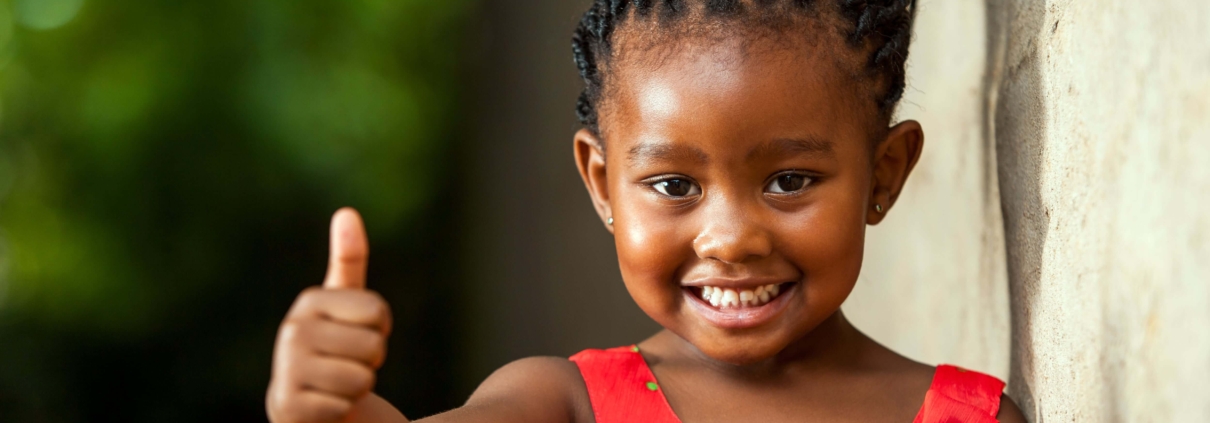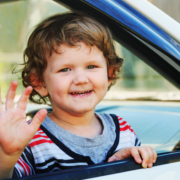Power of Positivity in Child Development
You may have heard of or read the book The Power of Positive Thinking: A Practical Guide to Mastering the Problems of Everyday Living by Norman Vincent Peale. It’s an international bestseller that has been helping people use positivity to find happiness and fulfillment. Peale wrote this book in 1952 and it’s still regarded as one of the most powerful books on mindset.
The power of positive thinking isn’t just for adults who understand complex theories, however. Young children can also benefit from adopting a positive outlook! Teaching little ones how to harness positivity can help them build resiliency, confidence, and healthy coping skills.
Using Positive Thinking as a Tool for Healthy Development
Children can begin to understand the concept and power of positive thinking from a very young age. For example, many toddlers will try something new when they are encouraged with positive affirmations. When they hear their parents say, “Come on, you can do it!” they often internalize that and give their best effort.
As kids get older, positive thinking can help shape the world around them. Being optimistic about the first day of school can set them up for a day of exciting new experiences while believing that everyone will be mean to them can lead to a day of loneliness.
Research shows that children as young as five comprehend that their thoughts can affect their reality: positive thoughts make a child feel good and negative thoughts make a child feel bad.
Even though bad things and negative feelings are inevitable, caregivers can encourage positive thinking in children by acknowledging the bad thing that happened, validating their feelings, and suggesting a positive alternative or solution.
Imagine Early Education and Childcare
Here at Imagine, we help our little learners adopt positive thinking habits by encouraging them to try new things and offering positive affirmations! Contact us today to learn more.











